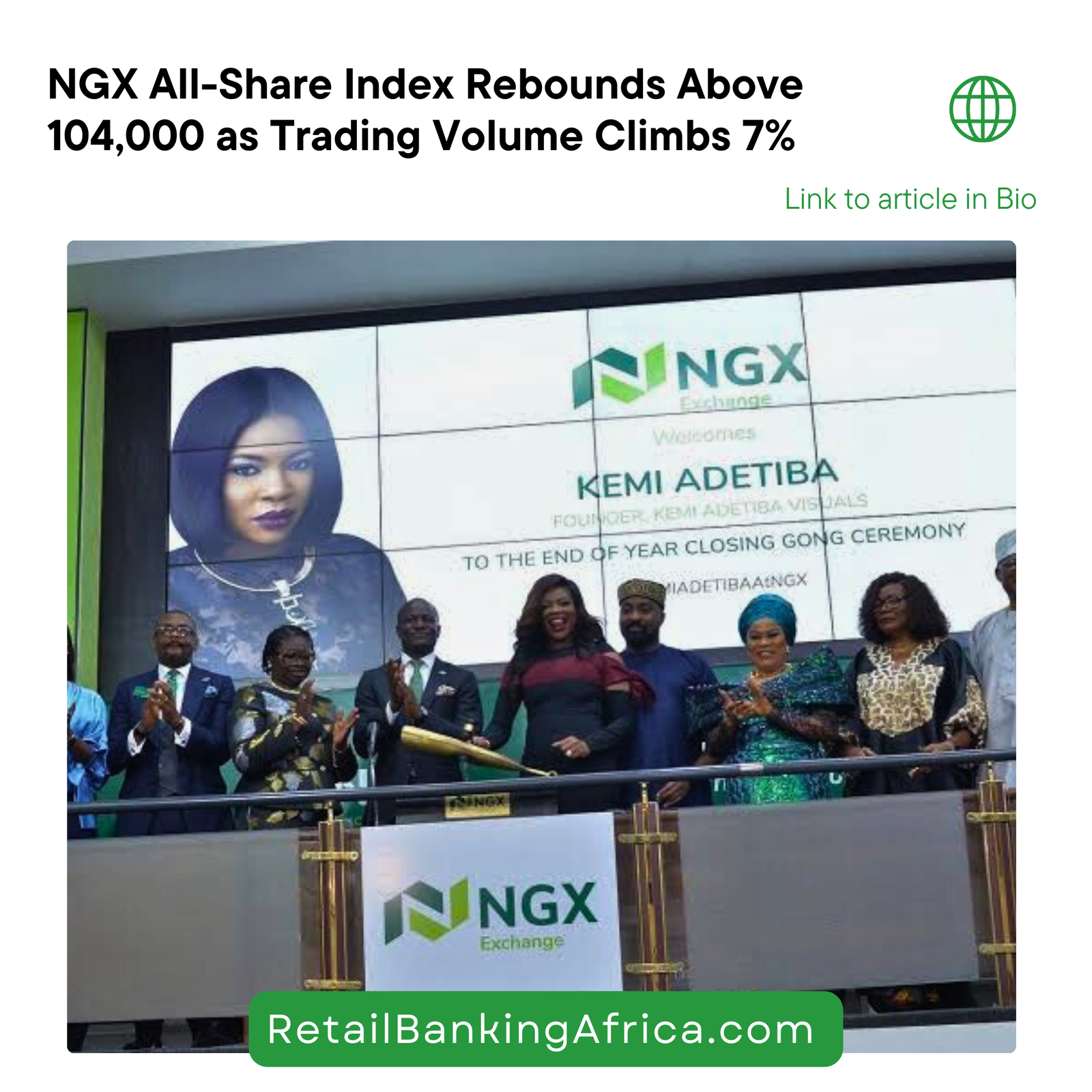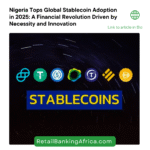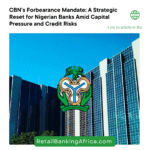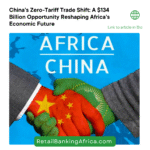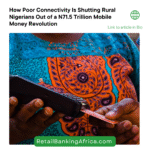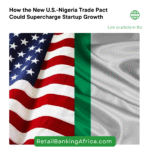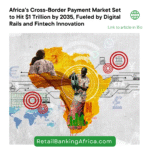In a strategic move to stimulate economic growth, the South African Reserve Bank (SARB) announced a 25-basis-point cut to its benchmark repo rate, lowering it from 7.75% to 7.50% on January 30, 2025. The decision comes as the country grapples with sluggish economic activity, weakening consumer demand, and external trade uncertainties fueled by ongoing global trade tensions.
Why SARB Cut Rates
South Africa’s economy has been under pressure, with GDP growth projected to remain below 1.5% in 2025, according to SARB’s latest economic outlook. Inflation, which peaked at 7.2% in mid-2023, has gradually slowed to 5.3% as of December 2024, nearing the central bank’s 4.5% target.
“The rate cut is aimed at providing relief to businesses and consumers while ensuring inflation remains anchored within our target range,” SARB Governor Lesetja Kganyago stated during a press briefing.
However, policymakers remain cautious. While lower interest rates could boost consumer spending and business investment, external risks—especially a potential global trade war—could offset these gains.
Assessing the Impact of a Global Trade War
The SARB has conducted economic modeling to assess the potential impact of escalating global trade disputes, particularly between major economies like the United States, China, and the European Union. The findings highlight three major risks for South Africa:
- Export Slowdown:
• South Africa’s total exports accounted for 31.9% of GDP in 2024, with the U.S., China, and the EU as top trading partners.
• If a trade war escalates, SARB projects a 7% decline in export revenues, particularly in minerals, automotive parts, and agricultural goods.
• The mining sector, which contributes 8% to GDP, could see a 20% drop in international demand for key commodities like platinum and iron ore. - Weaker Rand and Inflationary Pressures:
• A prolonged trade war could lead to capital outflows from emerging markets, causing the rand (ZAR) to depreciate further.
• In 2024, the rand lost 9% against the U.S. dollar, trading at R19.80/USD by year-end.
• A weaker currency would raise import costs, potentially pushing inflation back above 6% in 2025. - Slower Job Growth and Investment Uncertainty:
• South Africa’s unemployment rate remains high at 31.5%.
• A global trade war could reduce foreign direct investment (FDI) inflows, which totaled $5.9 billion in 2024—a 12% decline from the previous year.
Balancing Growth and Stability
Despite these risks, SARB believes the rate cut will provide short-term relief, supporting sectors like manufacturing, retail, and housing. However, global uncertainties mean that future monetary policy decisions will remain data-dependent.
“We are monitoring the evolving trade situation closely. Our priority remains financial stability while ensuring our economy is well-positioned to navigate external shocks,” Kganyago emphasized.
With interest rates lowered, inflation slowing, and trade risks looming, 2025 will be a crucial year for South Africa’s economic resilience. The next Monetary Policy Committee (MPC) meeting in March 2025 will provide further insights into how SARB plans to steer the country through these global economic uncertainties.
